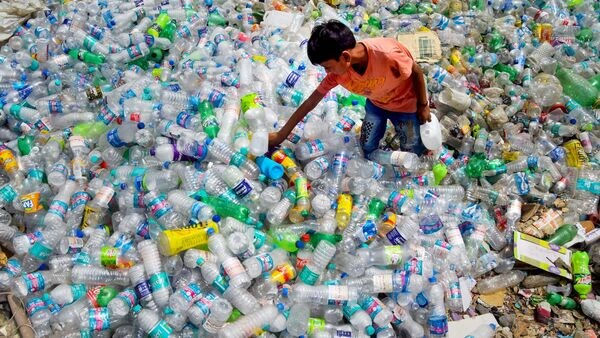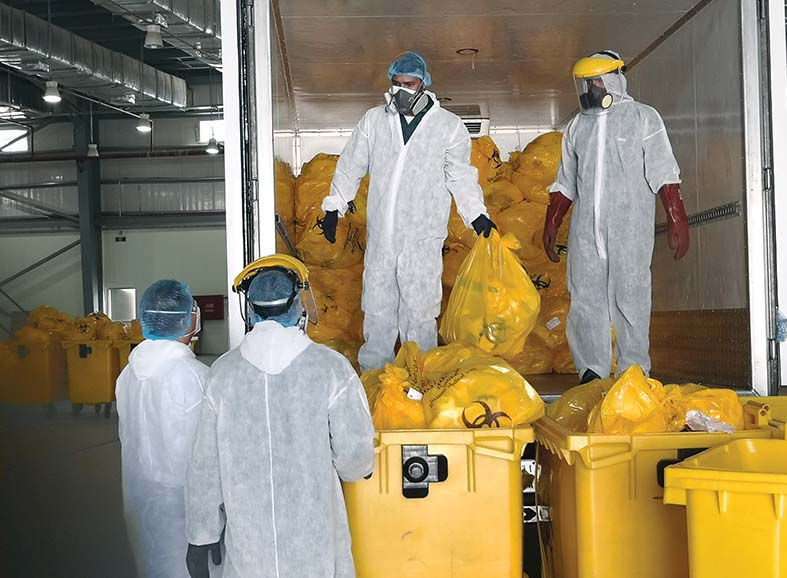From Abundance to Waste: India’s Food Paradox
- Dr. Sanjay Joshi

- Apr 11
- 3 min read

Chaitra, the first month of the Hindu calendar, falls between March and April. It marks the arrival of spring in India. The season brings renewal and fresh energy. Flowers bloom, fruits ripen, and nature flourishes. These are seen as signs of growth, prosperity, and spiritual richness. This day and month hold a deep significance for farmers also, as it marks the beginning of the season for crop harvest. Such harvest festivals and seasons are a vibrant ode to the land, marking gratitude for nature’s abundance and celebrating our country’s deep agricultural roots.
Unfortunately, in countries like India, food thus harvested is subjected to huge losses and wastage through the food supply chains, even before it finally reaches the platter of retail consumers like you and me. Food loss could be due to managerial and technical limitations, such as a lack of proper storage facilities, cold chain, proper food handling practices, poor and inadequate infrastructure, packaging, or inefficient marketing systems.
Food waste refers to the removal of food from the food supply chain which is still fit for human consumption. This happens either by choice or after the food is spoiled or expired due to poor stock management or neglect. Food waste typically—but not exclusively—happens at the retail and consumer levels, whereas food loss takes place at the earlier stages of the food supply chain – during production, post-harvest, and processing stages.
The food supply chain begins with farmers and producers who are the backbone of the system. Indian farmers, often small-scale, produce a variety of crops like rice, wheat, pulses, fruits, and vegetables. They are responsible for the first stage of the supply chain—growing the food that eventually reaches our plates. After the food is harvested, it is further marketed through a chain of intermediaries before it reaches the consumers.
India has both traditional markets, like street vendors and small shops, and modern retail outlets, including supermarkets and e-commerce platforms, which sell processed and fresh foods. This retail network is vast, catering to millions of customers daily. However, the distribution and processing stage also highlights one of the major issues—that is, food wastage. Due to insufficient storage facilities, particularly cold chains, a significant amount of food gets spoilt even before it reaches consumers. Solving this issue is crucial for improving the efficiency of the food supply chain.
It is estimated that of the total quantity of food produced in India, 40% is wasted due to an inefficient food supply chain. This is especially true for perishable goods like fruits and vegetables, which require proper handling and refrigeration to remain fresh.
Apart from inefficiencies, issues like global warming and subsequent changes in the climate are also having an adverse impact on the food supply chain. We all know very well that Indian agriculture is very much dependent upon the monsoon. In the last few decades, we are observing bizarre and erratic changes in rainfall patterns, owing to climate change. This has a devastating impact on food production.
Additionally, natural calamities such as unseasonal heavy rains, hailstorms, flash floods, and droughts—mostly associated with climate change—are taking a heavy toll on food production.
On this background, don’t you think and feel that we should use food that finally reaches our platters more wisely? More about this, in my next article. Till then, have a good weekend.
(The author is an environmentalist. Views personal.)




Comments